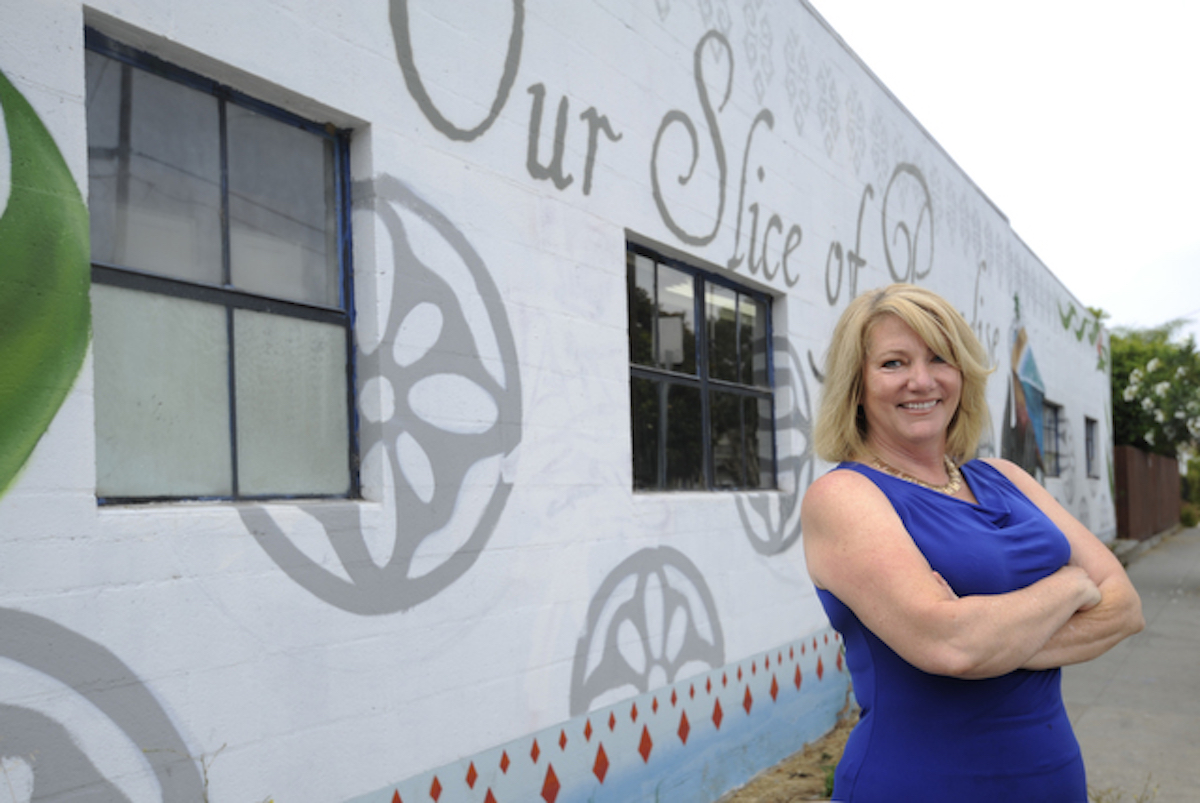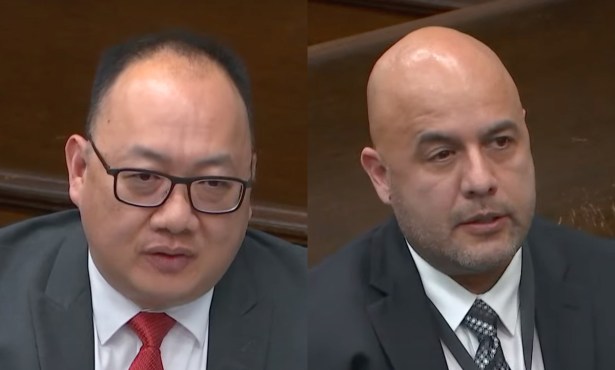New State Housing Laws Could Have Big Impact on Santa Barbara
Senate Bill 9 Would Allow Homeowners to Split Single-Family Home into Four Units

A new pair of housing bills were signed into law Friday, with the potential to have great impacts on the already endangered single-family homes in Santa Barbara.
Senate bills 9 and 10 have been highly debated by those who would be affected, with proponents claiming this will help curb the ever-growing housing crisis in California, and opponents arguing that it will not only destroy the characteristics of their neighborhoods but also further gentrify towns like Santa Barbara.
Santa Barbara is no stranger to gentrification, with developers across the city slowly buying up homes or plots of land to turn them into high-priced student or luxury housing and vacation rentals.
SB 9 allows homeowners to split their homes into four separate units, so long as the property is large enough and the owner has lived in the home for at least three years.
Proponents of this bill claim it will alleviate California’s persistent housing crisis while allowing homeowners to have a larger stake in the housing market. Opponents argue this will only raise the cost of rent while pushing out many of the families who do not own their homes, as 60 percent of Santa Barbara’s residents are renters.
Sharon Byrne, executive director of the Montecito Association and a delegate to United Nations forums, recently spoke at the Little Hoover Commission — an independent state oversight agency that investigates operations and policy to make recommendations to the governor — about reframing the housing crisis as a humanitarian crisis.
“You’re not going to see an overnight change,” Byrne said of the bills.
Byrne explained that although this new bill is great for homeowners, they are the minority in Santa Barbara. She also argued that creating more dense housing in the city will not stabilize rent prices but only move them up.
“If density solved high-rent pricing, New York would be cheap,” she said.
SB 9 also has no language outright prohibiting homeowners from turning their new units into vacation rentals, Byrne said. Though vacation rentals have already taken many single-family homes out of the housing market, Byrne said this could further the trend of developers buying homes, evicting residents, and charging high prices for a home that will sit empty much of the year.
Sign up for Indy Today to receive fresh news from Independent.com, in your inbox, every morning.
Vacation rentals are illegal in low-density residential areas, but Byrne said the fines are not enough to discourage developers from continuing to create them. The City of Santa Barbara attempted to ban them completely in 2015, but the decision was overturned.
Byrne said the banning of vacation rentals could be a step in the right direction for creating more housing, as well as creating anti-displacement policies that protect residents from being forced out of their homes with no resources.
“City officials should have a vested interest in making sure their constituents aren’t homeless,” Byrne said.
Mayor Cathy Murillo, who is up for reelection this November, said housing affordability is a critical issue that needs to be addressed on the state and local level.
“Whether or not SB 9 will help increase supply remains to be seen, but it will undoubtedly remake neighborhoods and accelerate gentrification,” Murillo said.
Randy Rowse, a former city councilmember running for mayor, said this bill will take away the local control over zoning laws, and the negative effects will be felt most by low-income neighborhoods.
“The years of effort and planning that have gone into zoning laws will be gutted if single-family neighborhoods can be converted into lots crowded with multi-unit residences,” Rowse said. “We should and can work to create housing opportunities without sacrificing quality of life.”
SB 10, also signed into law Friday, would simplify the process of creating new multi-family housing projects with up to 10 units in “transit-rich areas,” or simply any area within a half mile of a bus stop. Eighty-one percent of Santa Barbara County residents live within a half mile of a bus stop, according to the Santa Barbara County Association of Government Transit Needs Assessment from 2017. It would also simplify zoning requirements under the California Environmental Quality Act, allowing cities to zone for housing projects much faster.
The bills will go into effect on January 1, 2022.
“To address this, we need to build more affordable housing, but we also need to do it in a sustainable and responsible way,” Murillo said. “SB 9 undercuts our ability to do both.”
Support the Santa Barbara Independent through a long-term or a single contribution.



